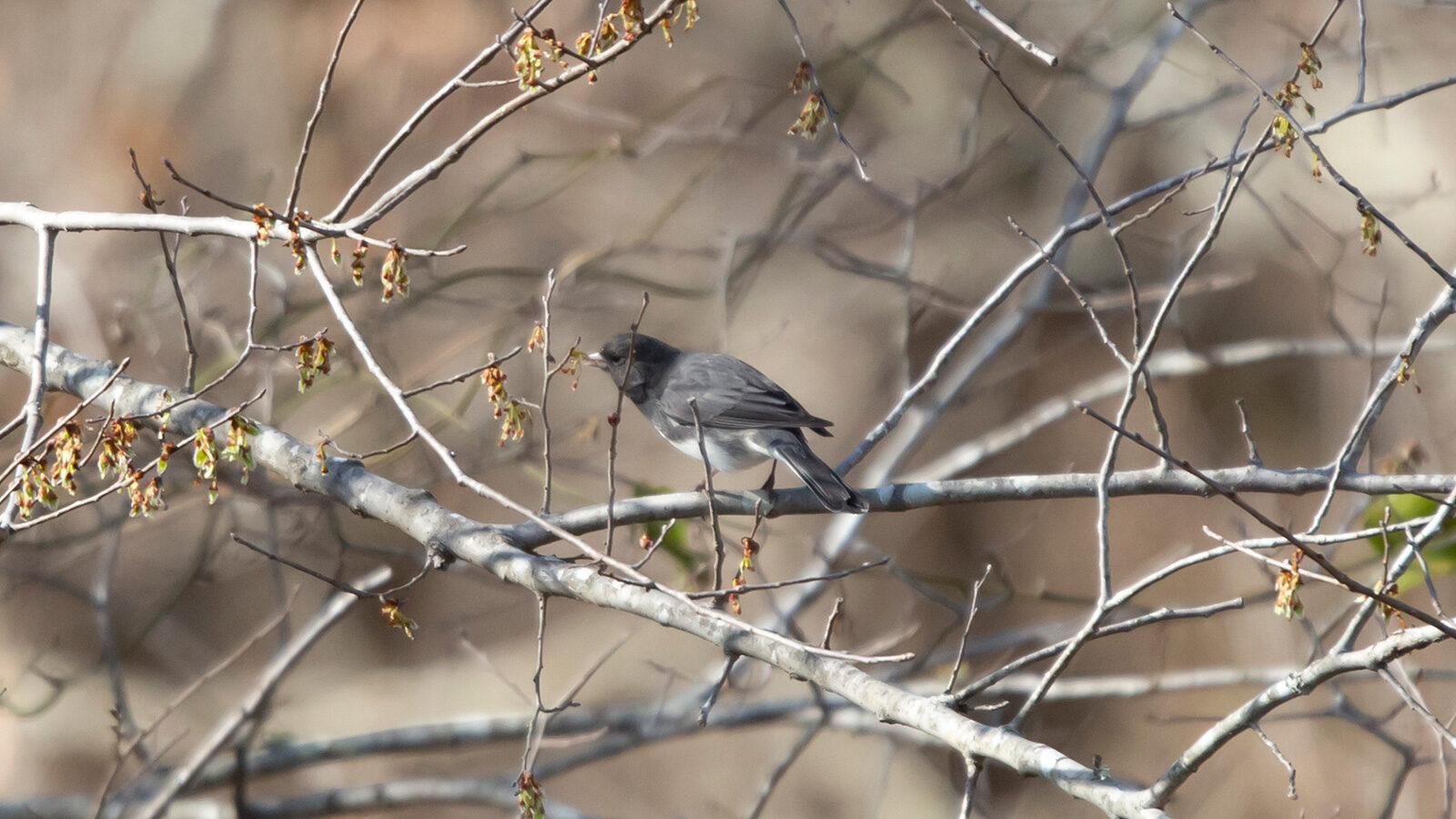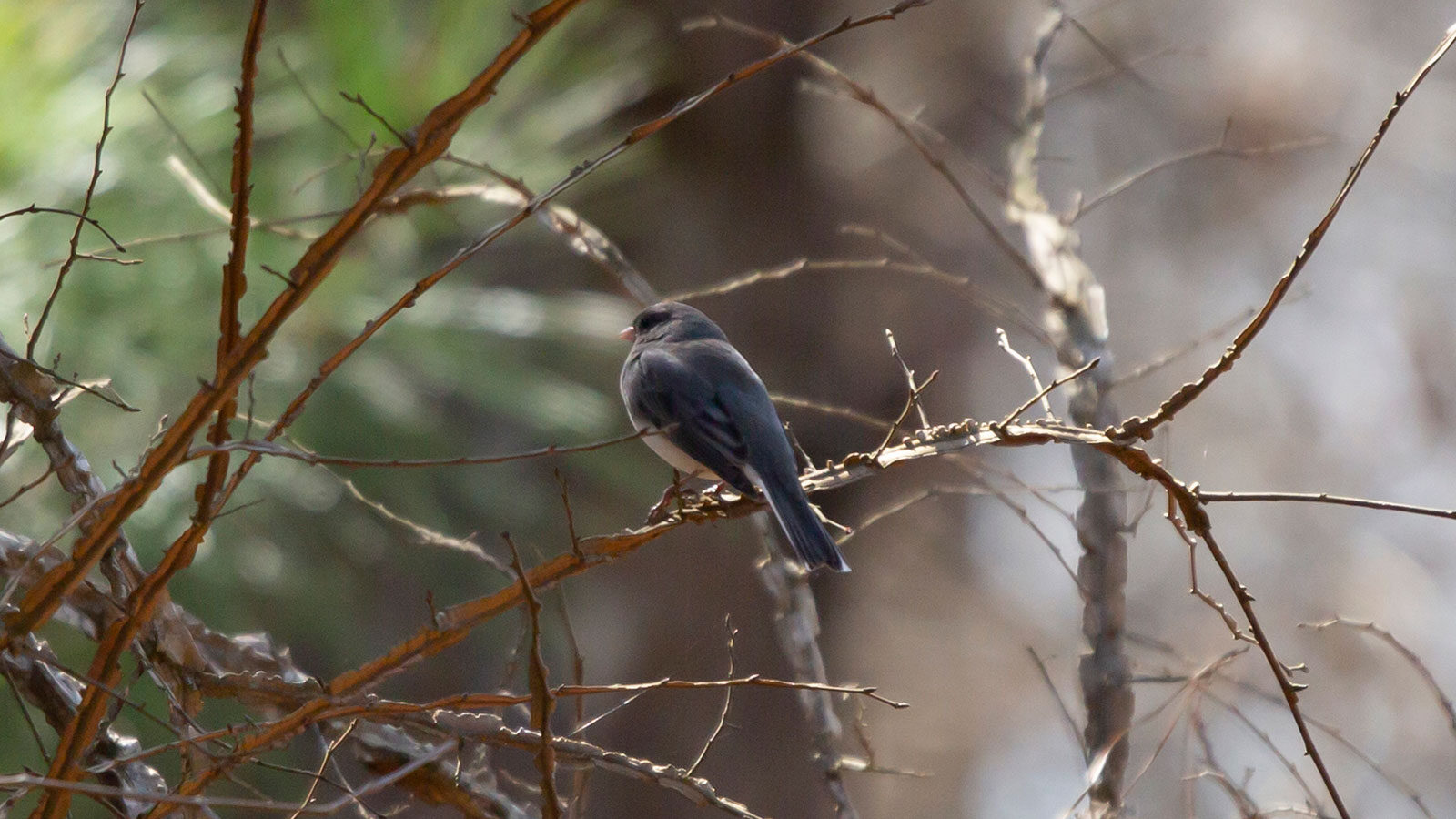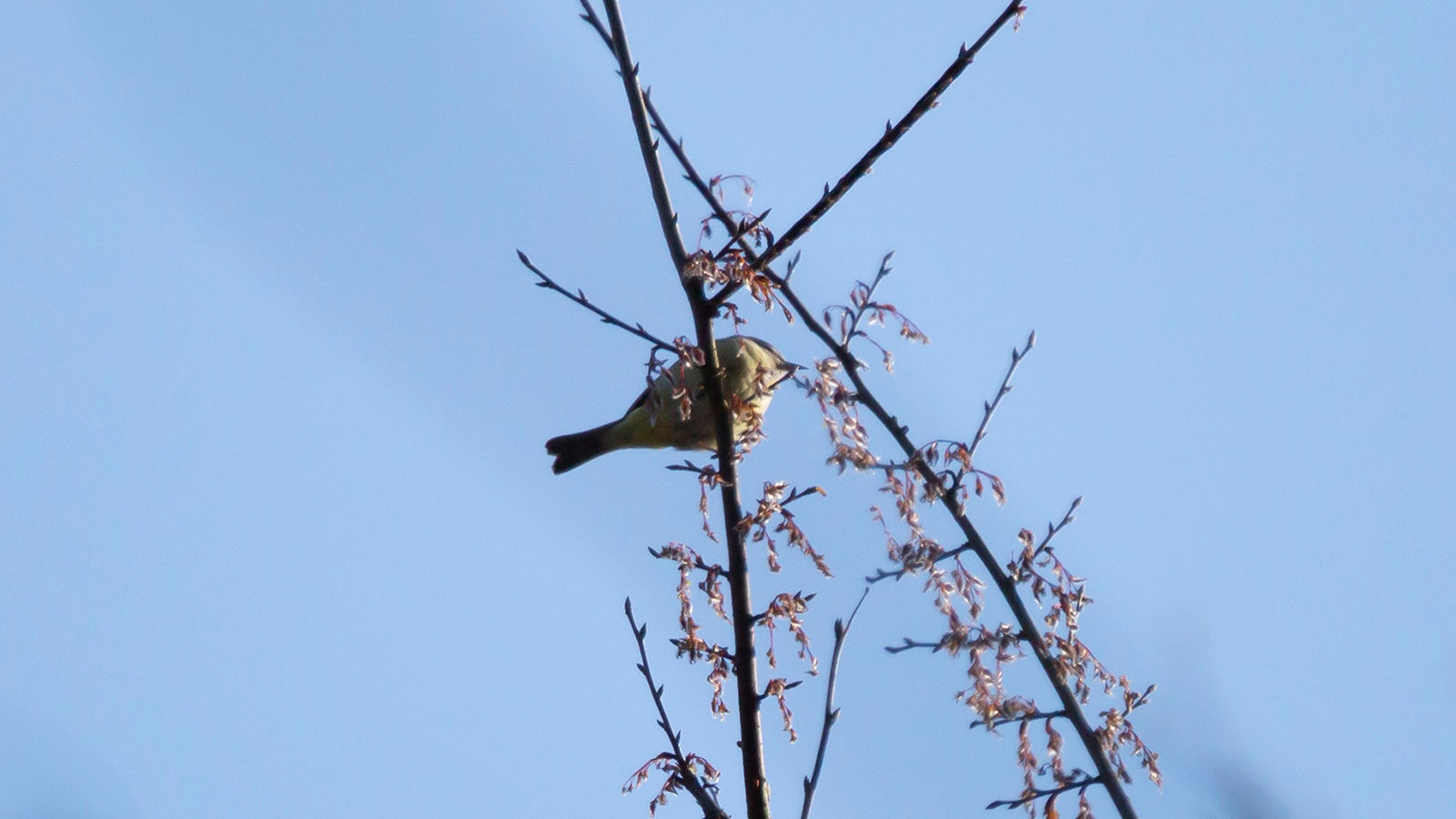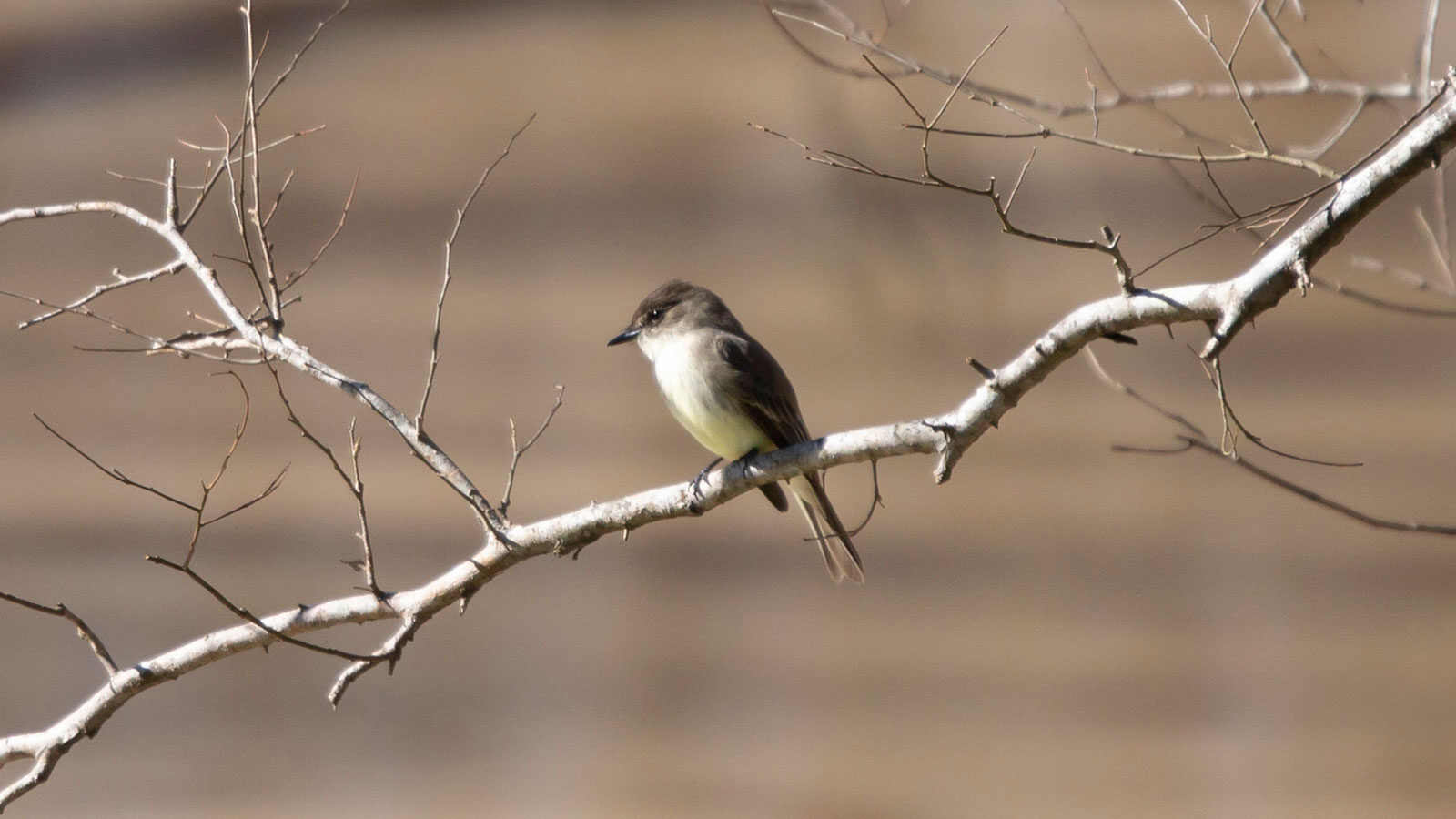
Did you know that dark-eyed junco is the most common bird in North America?
Dark-Eyed Juncos
at
a Glance

Key Features:
Dark-eyed juncos are gray or brown with pink beaks and white outer tail feathers.
Least Concern - Population Stable
Habitat:
Fields, forests, gardens, and parks
nesting habits:
Dark-eyed juncos build their nests In depressions, in: the ground, rocks, upturned trees, tangled roots, under buildings, hanging pots, or light fixtures out of ferns, grass, hair, leaves, moss, rootlets, and twigs.
seasons dark-eyed juncos are active in our area:
Winter
Diet:
Seeds and some insects
hunting Behavior:
Dark-eyed juncos forage by hopping on the ground.
Commonly Confused With:
Dark-Eyed Juncos and Eastern Phoebes

Dark-eyed juncos are often confused with adult male mourning warblers.

Dark-eyed juncos are often confused with eastern phoebes because bot are plump gray birds.